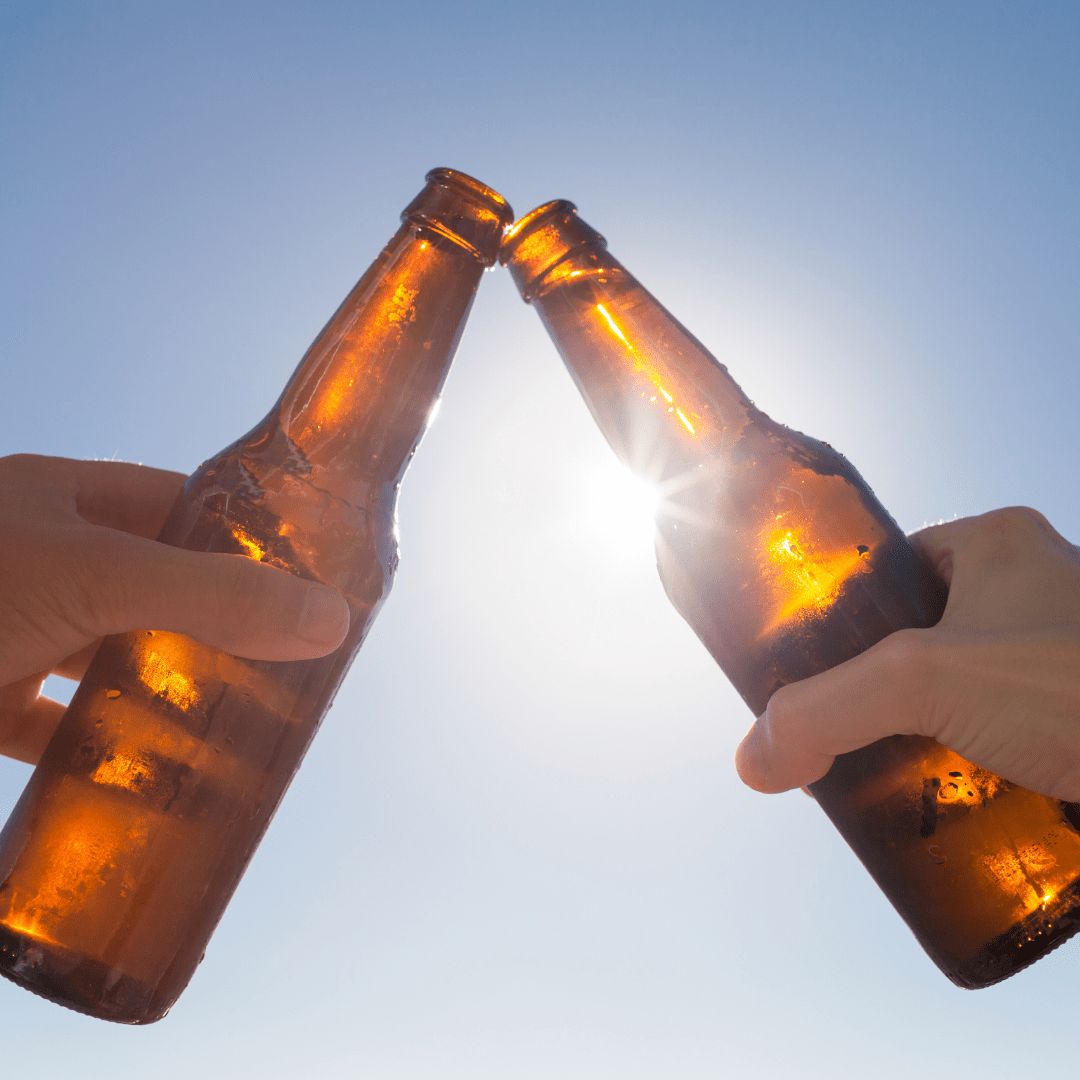.png?width=1500&name=Hubspot%20Blog%20Images%20(58).png)
A Rise For Non-Alcoholic Drinks
There has been a big rise in the non-alcoholic drinks industry with a record year last year where the market sold over £37m (up 506% compared to 2014) in the UK alone.
From non-alcoholic beer to prosecco (or shall I say nosecco) and gin, every drinks range is offering a non-alcoholic option which is appealing to an audience from all generations, from baby bloomers to millennials, all age groups seem to be taking a change in their drinking habits.
In a more health-conscious world than ever before, it is no surprise that this market is taking off in a big way, with people not wanting to compromise good health with great taste. Now we can have it all.
So, is drinking a non-alcoholic drink healthier for us?
In a word, yes. When it comes to exercising, dieting and trying to get healthy the weekends come along and it is all too easy to pick up that bottle of beer or cold gin and tonic. The issue with alcohol is it is calorific and if you are drinking several units a week, it can all start to add up.

Craft Gin Clubber, Nadine, states: “It’s nice to make yourself a fancy drink in the evening. For me it’s the process of making the drink, adding the ice, cutting up the limes and then having a lovely drink that isn’t just water or squash that you can enjoy like a G&T. It feels like a treat, without any of the alcohol naughtiness!”
Cheers to that!
So next time you are in the supermarket check out the non-alcoholic drinks range and give them a try, you won’t be disappointed! Sip your summer evenings away with a healthier option (some of the time anyway).
You will see these non-alcoholic drinks popping up more and more over the coming months, as well as Kombucha drinks which is another trend in the drinks market but a whole other story. We found a review of some of the tried and tested alcohol-free beverages by home brewer, Richard Davie to give you some ideas.
If you are looking for some labels to launch your new non-alcoholic drinks range then our team can discuss your options of various materials, vibrant colours, foiling options and more to get you started. You can request a free label sample pack by clicking on the button below.



